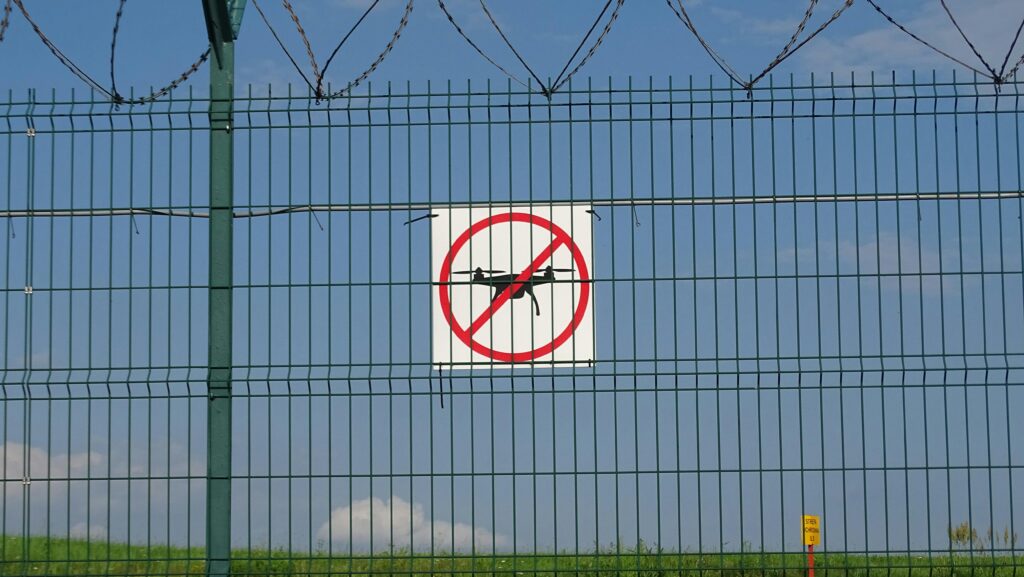Sun shimmers on Gold Coast beaches, and drones are flying high, capturing every moment of beauty from above. But wait! Before you take off, there’s something you need to know: an update that could affect where you can fly. The Civil Aviation Safety Authority (CASA) has issued a crucial warning for drone pilots in this busy area. Whether you’re an experienced flyer or just starting out, it’s important to know these rules so that everyone can stay safe while enjoying Australia’s scenic skies over its favorite playground. Let us guide you through some tips on how best to navigate airspace and keep your flight smooth and hassle-free!
What is CASA and its role in regulating airspace?
The Civil Aviation Safety Authority (CASA) is Australia’s national aviation regulator whose main goal is to ensure safe skies for all.
In terms of drone operations, CASA covers everything related to civil aviation safety. They have created guidelines governing where unmanned aerial vehicles should be flown under different conditions, thus safeguarding both operators as well as members of the public.
Apart from setting down laws, they also provide educational materials which are helpful especially when it comes into contact with shared airspace.
This body plays a significant role in keeping order within Australia’s skies by monitoring adherence levels towards safety measures put in place by them regarding restricted areas or temporary flight restriction zones(TFRs).
Explanation of temporary airspace restrictions on the Gold Coast
Temporary changes may occur due to various events or circumstances on the Gold Coast. Examples include large public gatherings like shows or military exercises, which require such precautions for security purposes.
Therefore one must always be careful not only about his own personal safety but also those around him/her whenever he/she is flying any form of an aircraft including drones because failure to do so might result into serious consequences being faced later on by both parties involved during such instances where they were unaware about these measures taken against such incidents happening again around this area.
They are usually communicated through TFRs or NOTAMs (Notice to Airmen), which indicate where one should not fly and for how long such restrictions will last.
Another important factor is security. Controlled by who can operate drones in particular areas, restricted airspace provides protection against possible threats.
Also, it is necessary to ensure order between various activities that are taking place in the air. Coordination among drone pilots and other aircraft reduces the risk of accidents while increasing situational awareness for all parties concerned.
Effect on drone operators and possible sanctions for non-compliance
Drone users face many difficulties when flying through restricted airspace. Failure to observe these rules could attract severe penalties such as heavy fines or even legal actions taken against them.
Moreover, flying in prohibited zones not only puts one’s life at risk but also endangers others’ lives as well. Authorities have tightened their grip on this issue because there have been incidents where people flew drones in no-fly areas hence leading to more stringent punishments for offenders.
The third consequence that might be faced by those enthusiasts who do not follow the rules is losing their flying privileges forevermore. This means that if someone does it repeatedly he/she may be banned from ever having a license again thus making it impossible for them to engage in any future activities involving unmanned aerial vehicles (UAVs).
Furthermore, failure to comply with such regulations can spoil whole community’s reputation too. When individuals behave irresponsibly like that then nobody trusts anyone else anymore so everyone starts looking at each other with suspicion which causes regulators such as CASA (Civil Aviation Safety Authority) to come up with even stricter measures than before.
Therefore every operator should always stay updated about what restrictions are currently imposed because failing so will not only affect his/her status within but also compromise safety throughout all flight operations conducted thereunder.
Tips on how best one can navigate safely through restricted airspace
If you want to fly your drone safely within an area where access has been limited, then first familiarize yourself with its exact boundaries. Use reliable apps or maps showing these regions clearly marked out so that nothing catches you off guard while in flight.
Always make sure that you check for any updates before embarking on your trip. It is common practice among alert systems to keep changing their status depending on various events like sports tournaments or even natural disasters; therefore never leave without finding out what’s happening around first.
Timing matters a lot too especially when it comes to selecting preferred hours of flying. Avoiding congested periods will save time since during such moments there might be more restrictions imposed due to the large number of people who would like to indulge themselves into this exciting activity thereby complicating things further for everybody else including yourself.
Another thing that can help newbies navigate through complex areas successfully is by employing visual observers. These persons should accompany them during flights so as they could keep watch over everything happening around while pilots concentrate on controlling their aircrafts safely from one point to another within those challenging environments.
Lastly, whenever necessary, good communication should be maintained with fellow operators as well as relevant authorities. This promotes mutual understanding between different players hence contributing significantly toward overall wellbeing within given airspace
Failure to follow these directives may incur hefty fines or even revoke the right to fly. Every drone pilot should keep themselves updated with the latest restricted airspace news. This is necessary in order to ensure a safe environment for all while enjoying this exciting hobby or occupation.
In conclusion
following such rules is good for everyone: those who operate them, those who share the sky, and those on earth below it. When we value safety and obedience, it leads us towards living together harmoniously in our common air spaces.
Visit our blog section to read more.






